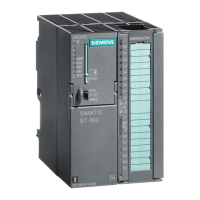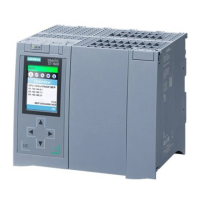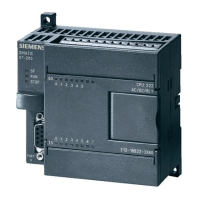Wiring
5.4 Sensor and Actuator Requirements for F-SMs in Safety Mode
Fail-safe signal modules
Installation and Operating Manual, 01/2010, A5E00085586-10
47
Additional information
The configuration with safety protector on the active backplane bus is described in the
chapter "Safety protector (Page 297)".
For information on module replac
ement in an S7-300 AS, refer to the
S7-300 Automation
System, Installation
manual.
For information on module replacement and the "hot-swapping" function at an ET 200M,
refer to the
ET 200M Distributed I/O Device
manual.
See also
Configuration Variants (Page 299)
5.4 Sensor and Actuator Requirements for F-SMs in Safety Mode
General sensor and actuator requirements
Note the following warning in terms of safety-oriented operation of sensors and actuators:
WARNING
Instrumentation using sensors and actuators poses considerable
safety responsibility
. Note
that sensors and actuators generally do not withstand a proof-test interval of 10 years to
IEC 61508 standard without considerable safety degradation.
A safety function must comply in terms of the probability and rate of hazardous faults with
limits determined by the safety integrity level (SIL). The values achieved by the F-SMs are
listed in the "Fail-safe performance characteristics" section of their technical data in the
corresponding chapters.
To achieve the respective Safety Integrity Level, suitably qualified sensors and actuators
are necessary.
Additional sensor requirements
General rule: A single-channel sensor is sufficient to achieve SIL 2/Cat. 3/PLd; to achieve
SIL 3/Cat. 4/PLe, sensors must be connected via two channels. To achieve SIL 2/Cat. 3/PLd
with a single-channel sensor, the sensor itself must be SIL 2/Cat. 3/PLd-capable; otherwise,
sensors must be connected via two channels to achieve this safety level.

